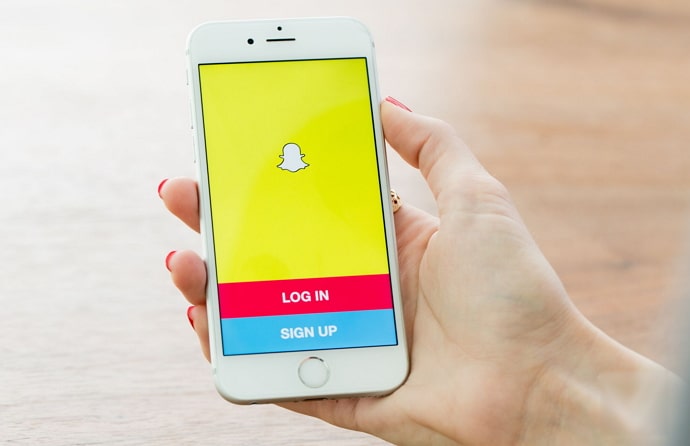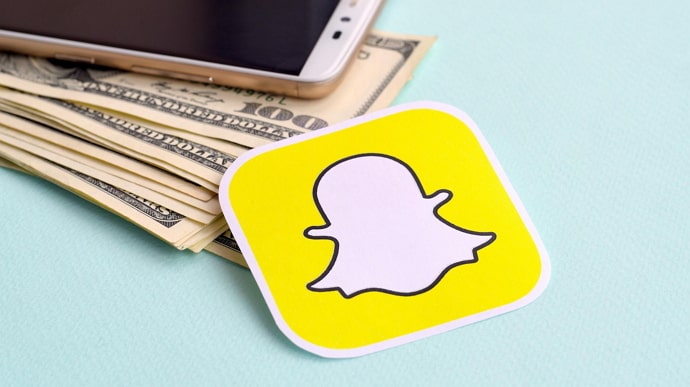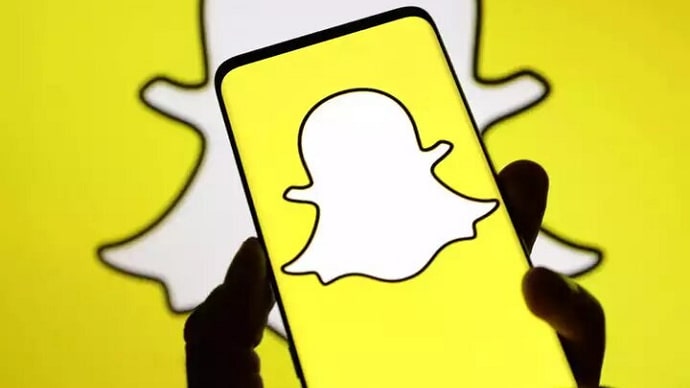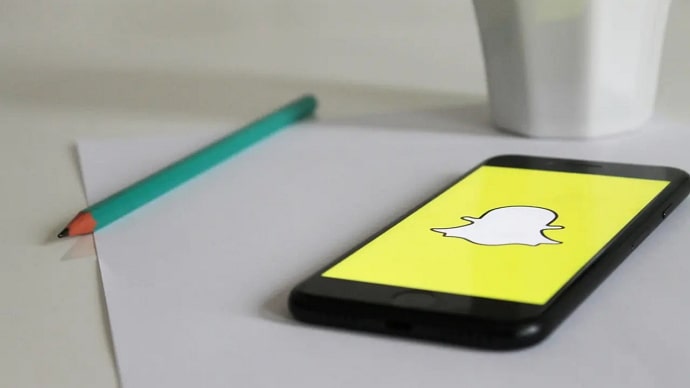What is the most interesting part of using Snapchat? No, it’s not the snaps, disappearing messages, or stories; it’s not the Quick Add list or the Snap Map, either. We are talking about a more intrinsic characteristic of the platform. The most interesting thing about Snapchat is its ability to confuse its users time and again. Whether you are a beginner or a seasoned Snapchatter, you are bound to get confused about a strange new feature of the app once in a while.

The confusion doesn’t end at the app. The data you download from your Snapchat app is even more confusing than the app itself. Users often scratch their heads trying to understand the meanings of data provided by Snapchat.
For example, the Friends section of the data might contain the text “added by unknown”next to several friends. Since this vague text makes little sense, you will likely get confused. We are going to discover the meaning of this text through this blog. Let’s start.
What does the Friends section on Snapchat data contain?
Before we get into your question regarding the “added by unknown” text on the Snapchat data, let us first try to understand what the data contained in the friends.html or the friends.json file (depending on how you view your data) means.
As its name suggests, each of these files contains information regarding your Snapchat friends. Obviously, this information includes your friend list, i.e., the list of people you are currently friends with.
But besides your friend list, the friends.html file contains several other pieces of information regarding your friends, friend requests, blocked users, and even deleted friends. The file also contains a list of all the friend suggestions you have hidden from your Quick Add list.
The data about all these users is divided into five columns: Username, Display Name, Creation Timestamp, Last Modified Timestamp, and Source.
The first two columns are self-explanatory as they contain the usernames and names of the respective users. However, the next three columns are more complicated.
Creation Timestamp
The third column—Creation Timestamp—contains the exact time and date of the first interaction between you and the listed user. First Interaction generally refers to the moment you two became friends for the first time, i.e., when both of you added each other.
For example, if you added a person on 2023-01-22 at 10:00:00 UTC and they added you back on 2023-01-25 at 21:00:00 UTC, the Creation Timestamp will show 2023-01-25 21:00:00 UTC as the time, because that’s when you two became friends for the first time.
However, in the case of friend requests sent, the Creation Timestamp would show the timestamp of the moment you first sent the friend request to the user.
Last Modified Timestamp
Next to the Creation Timestamp column is the Last Modified Timestamp column. This column contains another set of information regarding the last interaction between you and the given use.
The Last Interaction here can mean the last time you added the user or the last time they added you. While the Creation Timestamp contains the first time you became friends with the concerned user, the Last Modified Timestamp shows you the last time either of you added the other.
For example, suppose you two first became friends on 2023-01-25 at 21:00:00 UTC, but one of you unfriended the other person later. After a few days, you two become friends again, say on 2023-01-30 at 20:00:00 UTC. In this example, the Last Modified Timestamp will show 2023-01-30 20:00:00 UTC, the most recent time you two became friends.
For other sections of the page, this column can show similar last interaction information, such as the most recent time you sent someone a friend request.
Source
This is the rightmost column that appears on the friends.html page. It displays the way you added someone on Snapchat or the way they added you. This can be a bit confusing, as the data mentioned in this column is a bit vague.
The text mentioned in the Source column can be one of these:
added by suggested: One of you added the other from Quick Add.
added by phone: One of you added the other from Contacts.
added by added me back: One of you accepted the other’s friend request.
added by username: One of you added the other by searching for their username.
added from public profile: You added a user from their public profile.
added by display name: It means one of you added the other by searching for their name.
Apart from these entries, another text appears, which is the most mysterious among them all: added by unknown. To know what this text means, you need to read the next section.
What Does Added by Unknown Mean on Snapchat Data?
The Source column on the friends.html page contains information regarding the manner in which you added someone on Snapchat. While the column contains a lot of options we discussed above, the “added by unknown” text is the most confusing one.
Most likely, “added by unknown” doesn’t have a fixed meaning. It stands for a set of miscellaneous events that cannot be classified into the other categories we described above. Here are three cases where you might see this text in your Snapchat data:
If it’s your own account or Team Snapchat’s account
The “added by unknown” text appears next to your own account and Team Snapchat’s account (both of these accounts appear in the Friends section on the friends.html page). In this case, the text stands for accounts that were automatically added as friends.
If you unfriend someone and add them again
The text can also appear if you unfriend someone and add them back by going to their profile. If you add someone from their profile, it cannot be classified into any of the categories like added by phone or added by suggested.
So, this text can appear next to their profile if you added them this way (or if they added you this way).
If you hide a friend suggestion from Quick Add
Apart from the Friends section of your Snapchat data, you also see this text under the Hidden Friend Suggestions list. This list contains all the people you have hidden from your Quick Add list.
The “added by unknown” text will appear for all these hidden suggestions, although you have not “added” any of them. In this case, the text represents hidden Quick Add suggestions.
The text might also mean other things, but these are the most common cases we could find. To sum up, “added by unknown” doesn’t have a fixed meaning and can represent many things.
Wrapping it up
Snapchat never fails to confuse it’s users, thanks to the dozens of unexplained features and characteristics the platform contains. Seeing the “added by unknown” text is just one such thing that can make you scratch your head in confusion.
However, everything has its meaning, and we have tried to understand the meaning of this text through this blog. We have discussed the contents of the friends.html file of Snapchat data in detail and have also talked about what the mysterious text might mean.
If you liked the way we explained the topic in this blog, support us by sharing this blog with other Snapchatters who might be interested in this topic.
Also Read:





 Bitcoin
Bitcoin  Ethereum
Ethereum  Tether
Tether  XRP
XRP  Solana
Solana  USDC
USDC  TRON
TRON  Dogecoin
Dogecoin  Lido Staked Ether
Lido Staked Ether